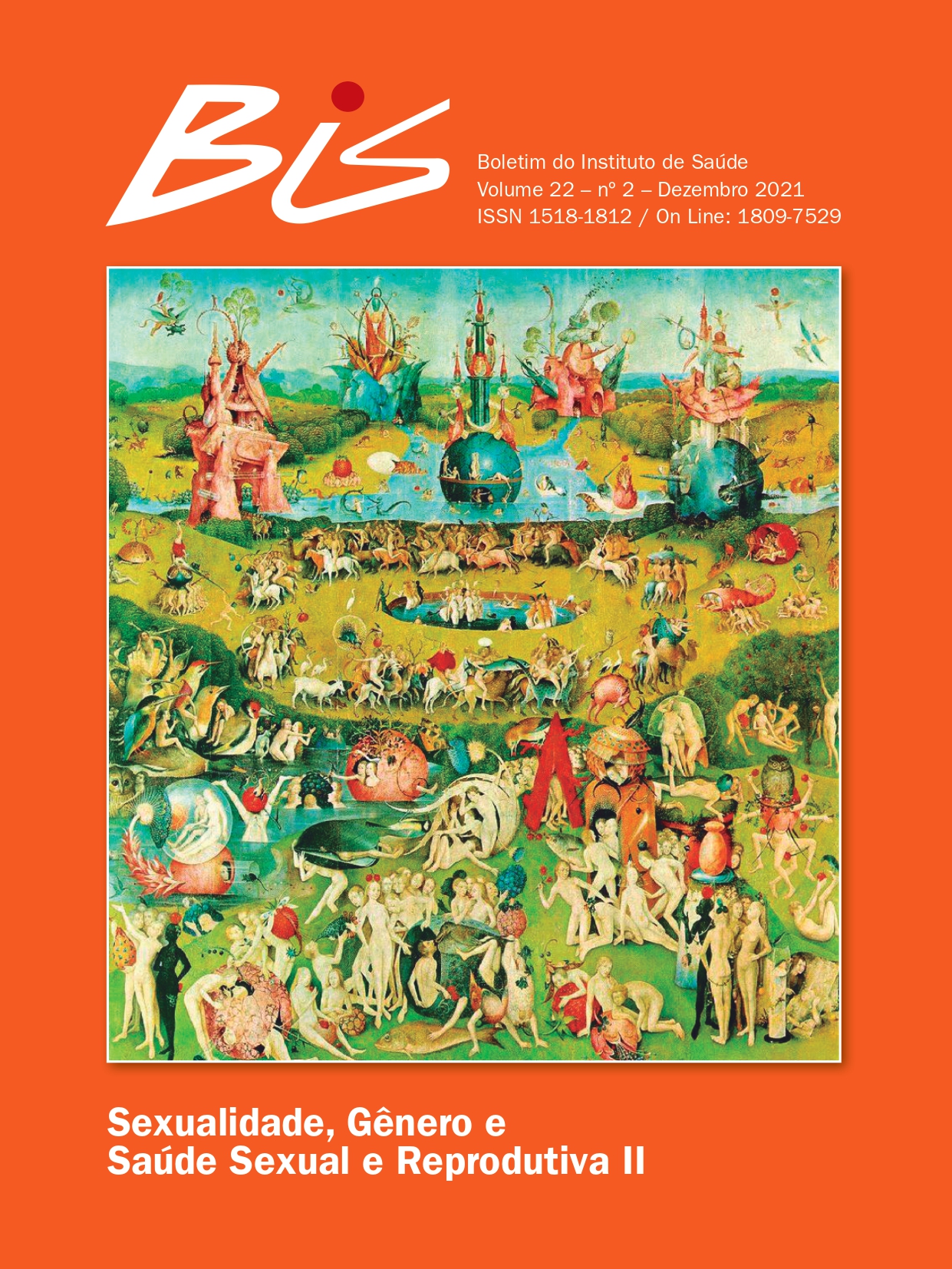Abstract
Our objectives were to understand the reasons why young women choose to use the syntothermic contraceptive method, describe
the use and sources of obtaining information about the method. Participants in the closed Facebook group “Adeus hormônios:
contracepção não hormonal” were invited to fill out a semi-structured instrument available online (n = 35) in 2018. The results
showed that the option to use the syntothermic as a contraceptive method occurred, predominantly, for the preference for a more
natural method or for having experienced the adverse effects of the hormonal pill, unlike women who use other behavioral methods, who, in general, do not have access to more effective methods. They experience the method as a source of empowerment by appropriating the variations that the menstrual cycle exerts on the body. The users of the syntotherm obtained knowledge about
the method through the internet, and this is how they clarify their doubts. As a routine of use, the use of cell phone applications
to help them in the control and annotation of fertile period indicators draws attention. The constant use of applications and
the creation of discussion groups on social media show the low participation of health services, confirming that this is an autonomous trajectory.
References
Ministério da Saúde (BR), Secretaria de Atenção à Saúde. Departamento de Atenção Básica. Saúde sexual e saúde reprodutiva. Brasília (DF); 2010. (Cadernos de Atenção Básica, 26. Série A - Normas e Manuais Técnicos).
World Health Organization - WHO. Medical eligibility criteria for contraceptive use. A WHO Family Planning cornerstone. 5. ed. Genebra; 2015.
Frank-Herrmann P, Heil J, Gnoth C, Toledo E, Baur S, Pyper C, et al. The effectiveness of a fertility awareness-based method to avoid pregnancy in relation to a couple’s sexual behaviour during the fertile time: a prospective longitudinal study. Hum. Reprod [internet]. 2007 [acesso em 6 out 2021]; 22(5):1310–1319. Disponível em: https://doi.org/10.1093/humrep/dem003.
Weschler T. Taking Charge of Your Fertility: The definitive guide to natural birth control, pregnancy achievement and reproductive health. 20. ed. New York: HarperCollins Publishers;2015.
Ministério da Saúde (BR). Centro Brasileiro de Análise e Planejamento. Pesquisa nacional de demografia e saúde da criança e da mulher – PNDS 2006: dimensões do processo reprodutivo e da saúde da criança. Brasília (DF); 2009.
Klöppel B. Aparatos de produção subjetivo-corporais nas práticas de percepção da fertilidade [dissertação]. Porto Alegre: Universidade Federal do Rio Grande do Sul; 2017.
Leal T, Bakker B. A mulher bioquímica: invenções do feminino a partir de discursos sobre a pílula anticoncepcional. Rev Eletron Comun Inf Saúde [internet]. 2017 [acesso em 6 out 2020]; 11(3):1-15. Disponível em: https://www.arca.fiocruz.br/handle/icict/22743.
Miranda F, Rocha, D. O uso do Facebook na promoção da saúde: uma revisão bibliográfica sobre empoderamento e participação popular. Rev Eletr Comun Inform Ino. Saude 2018; 12(2): 232-43. DOI:10.29397/reciis.v12i2.1331.
Santos ACA. Adeus, hormônios: concepções sobre corpo e contracepção na perspectiva de mulheres jovens [dissertação]. São Paulo: Faculdade de Saúde Pública da Universidade de São Paulo; 2018.
Ruiz PCP, Gomes MMF, Ribeiro PM, Figoli MGB. A dinâmica do uso de métodos contraceptivos entre mulheres equatorianas:
uma análise utilizando probabilidades de transição. 2009. (Serie e-Investigaciones, 1: avances y retrocesos en la salud sexual y reproductiva en américa Latina).
Giffin K, Costa SH, organizadores. Questões da saúde reprodutiva [internet]. Rio de Janeiro. Editora FIOCRUZ; 1999 [acesso em 6 out 2020]. Disponível em:/books.scielo.org.
Unseld M, Rötzer E, Weigl R, Masel EK, Manhart MD. Use of natural family planning (NFP) and its effect on couple relationships and sexual satisfaction: a multi-country survey of NFP users from US and Europe. Front Public Health.2017; 13(5):42. DOI: 10.3389/fpubh.2017.00042.
d’Arcangues C, Kennedy KI., Research Group on Methods for the Natural Regulation of Fertility. Periodic abstinence and calendar method use in Hungary, Peru, the Philippines, and Sri Lanka. Contracept [internet]. 2001 [acesso em 6 out 2020]; 64(4):209–215. Disponível em: https://pubmed.ncbi.nlm.nih.gov/11747869/ Doi://doi.org/10.1016/s0010-7824(01)00252-9.
Paiva CCN, Caetano R. Avaliação de implantação das ações de saúde sexual e reprodutiva na Atenção Primária: revisão de escopo. Esc. Anna Nery [internet]. 2020 [acesso em 6 out 2020]; 24(1):e20190142. Disponível em: http://www.scielo.br/scielo.php script=sci_arttext&pid=S1414-81452020000100703&lng=en.
Choi J, Chan S, Wiebe E. Natural family planning: physicians’ knowledge, attitudes, and practice. J Obstet Gynaecol Can.2010;32(7):673-8. doi: 10.1016/s1701-2163(16)34571-6.
Borges ALV, Santos OAd, Araújo KS, Gonçalves RF Sena, Rosa PLFS, Nascimento NCd. Satisfação com o uso de métodos contraceptivos entre usuárias de unidades básicas de saúde da cidade de São Paulo. Rev Bras Saude Mater Infant [internet]. 2017 [acesso em 6 out 2020]; 17(4):749-756. Disponível em: http://www.scielo.br/scielo.php?script=sci_arttext&pid=S1519-38292017000400749&lng=en. DOI:
1590/1806-93042017000400008.

This work is licensed under a Creative Commons Attribution 4.0 International License.
Copyright (c) 2022 Daniela Saraiva da Clara, Ana Luiza Vilela Borges
